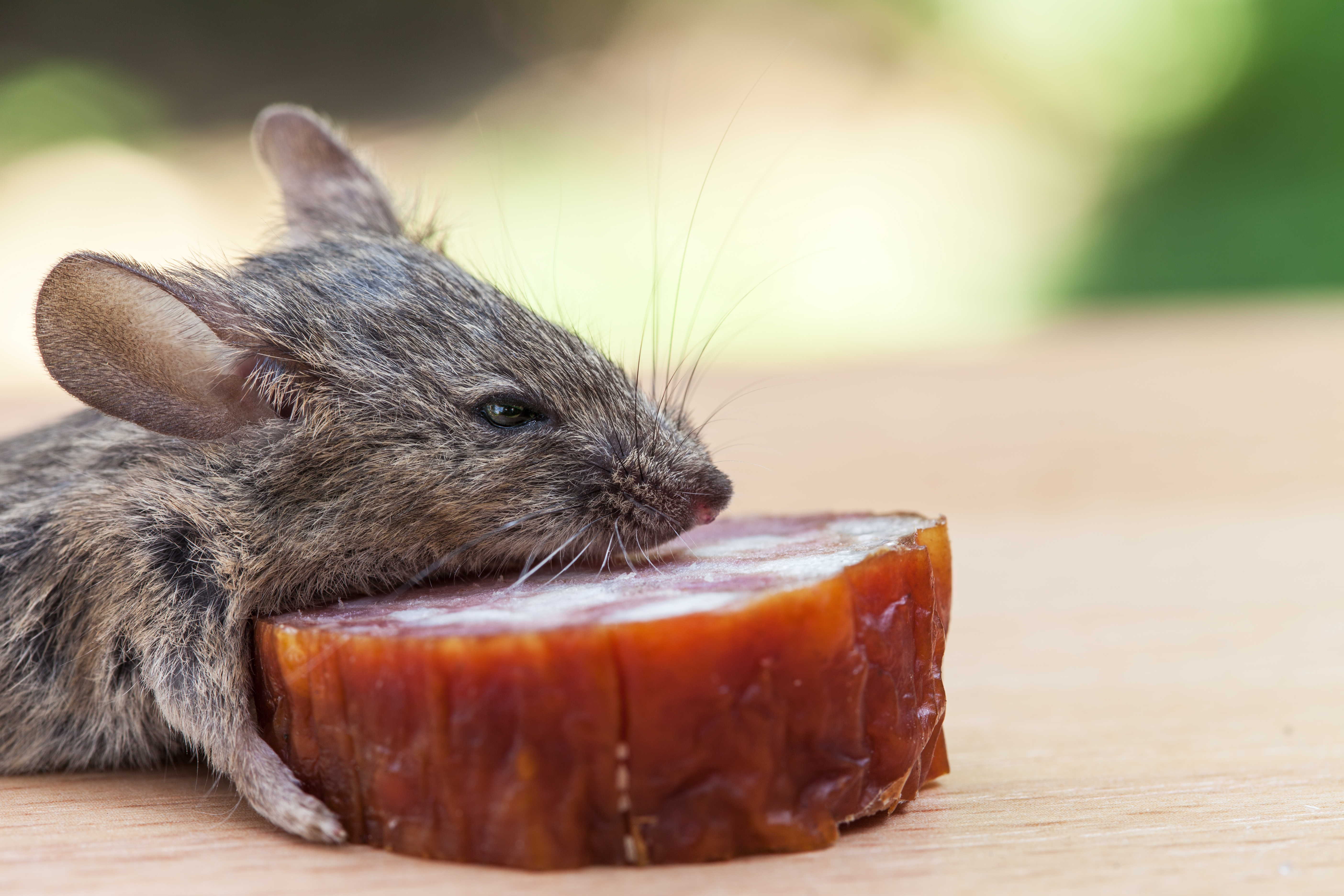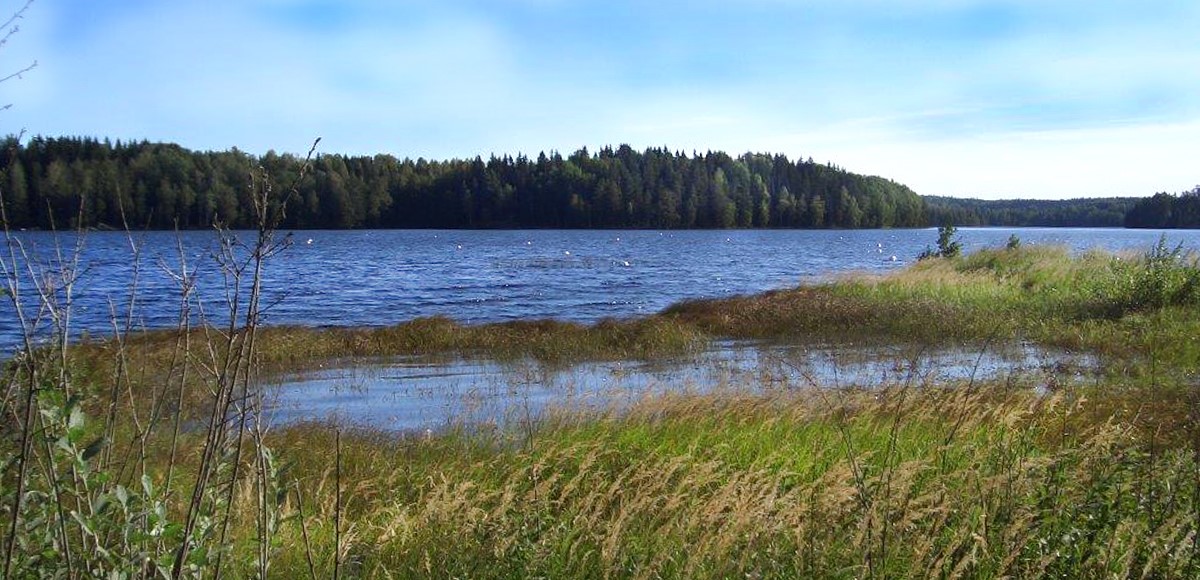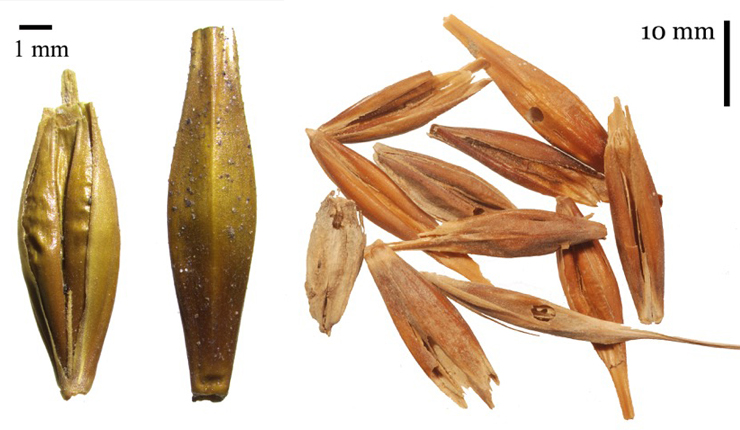Ecology
How is biological diversity affected by human cultivation activities, or by forest fires? These are two of the questions that researchers at LiU are seeking to answer.
Ecology is the study of how animals, plants and other organisms interact with each other and with the environment they live in. Research at LiU focusses on population ecology, which includes conservation biology, vegetation and wetland ecology. Here, studies of rare species are carried out in order to obtain new knowledge about their distribution and requirements. Life in the Baltic Sea is another major research field, in which scientists study not only the complete ecosystem but also small toothed whales such as the porpoise.
Zoology
Research in zoology works with such areas as heart development in birds and the sense of smell in several animals. Researchers study various aspects of how molecules stimulate the sense of smell in animals and cause them to experience smells, and how animal behaviour is influenced by different odours.
Genetics
How has the genetic material of plants and animals been affected by breeding directed by humans? By studying seeds from historical collections, archaeological finds and gene banks, researchers are discovering more about how plants have developed.
Also animal genes are studied in detail when researchers at LiU investigate the genetic processes behind such processes as aging, sex differences, appearance and behaviour.



